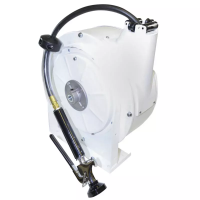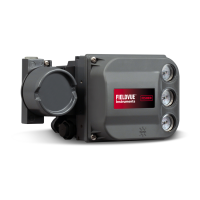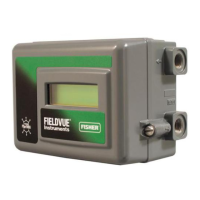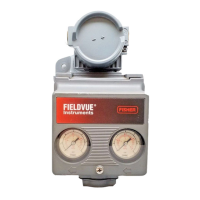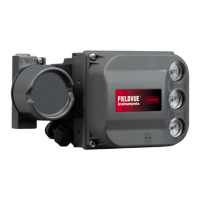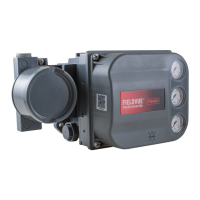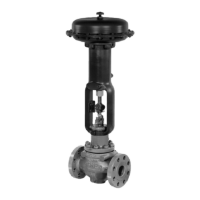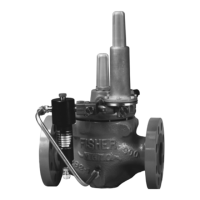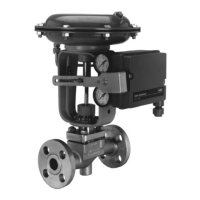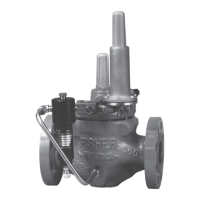Instruction Manual
D102748X012
Configuration
October 2014
58
and able to be measured independently. Configuration data must contain density of calibration fluid, displacer
volume, and driver rod length.
Before calibration, use the Configure > Manual Setup >Sensor menu to verify that all sensor and compensation data
match the calibration conditions.
Trim Zero
Trim Zero computes the value of the input angle required to align the digital Primary Variable with the user’s
observation of the process, and corrects the stored input zero reference, assuming that the calibration gain is
accurate. Use this procedure when the process cannot be moved to zero for capture, but gain is known to be correct
(only a bias error exists).
If the computed process variable is biased due to the inability to capture zero point correctly, (which can happen when
the sensor hardware is oversized to provide additional gain for some interface‐level applications), the Trim Zero can be
used to trim out that bias.
Before calibration, use the Configure > Manual Setup >Sensor menu to verify that all sensor and compensation data
match the calibration conditions.
Note
If displacer sizing for a density application results in an overweight displacer, it will be necessary to set the system up in Level or
Interface measurement mode to calibrate effectively. The output of the instrument will only make sense in “% Range” units in such
a case, since density units are not available in Level or Interface Mode.
Follow the prompts on the Field Communicator.
1. Adjust the process condition or simulation to any valid and observable value.
2. Enter the external observation of the measurement in the current PV units.
Secondary
Temperature Calibration
Field Communicator Configure > Calibration > Secondary > Temperature Calibration (2-5-2-1)
This procedure allows you to display the temperature as measured by the instrument. You can then trim the
temperature reading so that it matches the actual temperature more closely in the region of interest. (This is an offset
adjustment only. There is no ability to change the gain.)
This calibration is initially performed at the factory. Performing it in the field requires an accurate independent
measurement of the instrument housing temperature or process temperature, (as appropriate). The instrument
should be at a steady‐state condition with respect to that temperature when performing the procedure.
Note
The effectiveness of the instrument electronic temperature compensation depends upon the accuracy of the electronics
temperature offset stored in the NVM (non‐volatile memory). If the electronics temperature is incorrect, the temperature curve
applied to the magnets and Hall sensor will be misaligned, resulting in over‐ or under‐compensation.
